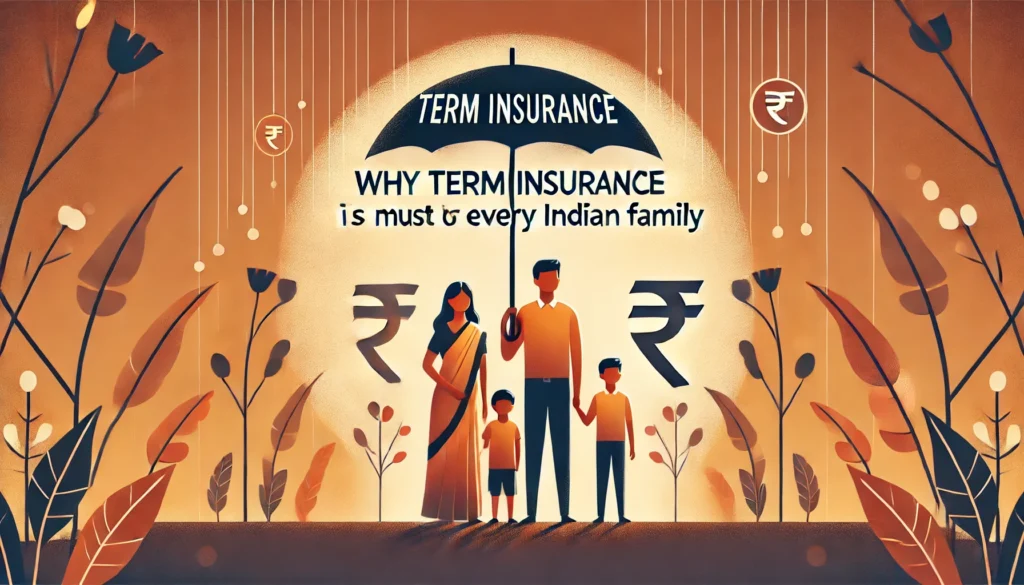Explore the essentials of critical illness insurance in India. Learn whether it’s a worthwhile investment and how it can offer financial protection against severe health conditions.
As the prevalence of lifestyle-related diseases increases, critical illness insurance has become a crucial component of financial planning in India. With the rising cost of medical treatments and the uncertainty of serious health conditions, many are left wondering whether critical illness insurance is a necessary investment or an avoidable expense. This article aims to provide a comprehensive understanding of critical illness insurance and help you decide if it’s worth the investment.
What is Critical Illness Insurance?
Critical illness insurance is a type of health insurance that provides a lump-sum payment upon the diagnosis of specific life-threatening illnesses. Unlike regular health insurance, which covers hospitalization and treatment costs, critical illness insurance offers a fixed payout that can be used for any purpose—be it medical bills, recovery expenses, or even daily living costs. This flexibility makes it a vital financial safety net during tough times.
Why Consider Critical Illness Insurance?
Rising Healthcare Costs in India
The cost of healthcare in India has been rising steadily, with treatments for diseases like cancer, heart attacks, and strokes often running into lakhs of rupees. These expenses can drain savings quickly, especially if the illness requires long-term treatment or multiple hospitalizations. Critical illness insurance provides a financial buffer by covering these hefty costs, allowing patients to focus on recovery rather than financial stress.
Increasing Prevalence of Critical Illnesses
The incidence of critical illnesses in India is on the rise due to factors such as sedentary lifestyles, poor dietary habits, and high stress levels. Diseases like cancer, heart disease, and kidney failure are becoming increasingly common. Given this backdrop, having a policy that specifically covers these illnesses can be a prudent decision.
Key Features of Critical Illness Insurance
Lump-Sum Payout
Upon diagnosis of a covered illness, the policyholder receives a lump-sum payment. This payout can be used as needed, whether to cover medical expenses, pay off debts, or replace lost income. Unlike other insurance types that reimburse specific costs, critical illness insurance gives you the flexibility to manage the funds as per your requirements.
Broad Coverage
Most critical illness policies cover a wide range of diseases, including cancer, heart attack, stroke, kidney failure, and major organ transplants. Some policies offer coverage for additional illnesses like multiple sclerosis, Alzheimer’s, and Parkinson’s, depending on the insurer and plan chosen.
Flexible Use of Funds
The funds from critical illness insurance aren’t restricted to medical expenses alone. They can be used to cover non-medical costs like travel for treatment, home modifications, or hiring help during recovery. This flexibility ensures that you can manage all aspects of your illness without worrying about financial constraints.
Pros and Cons of Critical Illness Insurance
Pros
- Financial Security: Provides a substantial financial cushion during the treatment of severe illnesses, allowing you to focus on recovery rather than financial worries.
- Tax Benefits: Premiums paid for critical illness insurance are eligible for tax deductions under Section 80D of the Income Tax Act, which can reduce your taxable income.
- Wide Coverage: Covers a broad range of illnesses, offering protection against the financial risks associated with multiple severe health conditions.
Cons
- High Premiums: Critical illness insurance tends to be more expensive than standard health insurance due to the comprehensive coverage it offers.
- Waiting Periods: Policies typically include a waiting period (ranging from 90 to 180 days) during which no claims can be made. This can be a drawback if an illness is diagnosed shortly after purchasing the policy.
- Exclusions and Limitations: Not all illnesses are covered, and some policies may exclude pre-existing conditions or illnesses diagnosed within a certain period after policy commencement.
Is Critical Illness Insurance Worth the Investment?
Consider Your Health Risk
Before purchasing critical illness insurance, assess your personal and family health history. If you have a family history of critical illnesses or lead a lifestyle that increases your risk of such diseases, investing in critical illness insurance could be particularly beneficial.
Evaluate Your Financial Situation
Consider your current financial situation and whether you have sufficient savings or other insurance policies that might cover the costs of critical illnesses. If not, critical illness insurance can provide a necessary safety net.
Compare Policies
Not all critical illness policies are the same. It’s essential to compare different plans based on the number of illnesses covered, the sum assured, premium costs, and policy exclusions. Choose a policy that aligns with your health risks and financial goals.
How to Choose the Right Policy
Coverage Amount
Select a sum assured that is sufficient to cover potential medical costs and replace your income during the treatment period. A common recommendation is to choose coverage that is five to ten times your annual income.
Number of Illnesses Covered
Look for a policy that covers a wide range of illnesses, especially those you might be at risk for due to your medical history or lifestyle. Some policies offer enhanced coverage for more than 20 conditions, while others might cover just a few.
Premium Costs
Premiums vary based on factors like age, health status, and the number of illnesses covered. While it’s tempting to opt for a cheaper policy, ensure that it offers adequate coverage for your needs.
Exclusions and Waiting Periods
Understand the policy’s exclusions and waiting periods. Some illnesses might not be covered, and there could be a waiting period before coverage begins. Choose a policy with minimal exclusions and a reasonable waiting period.
Conclusion
Critical illness insurance is a valuable investment, particularly in a country like India where healthcare costs are high and the risk of severe illnesses is increasing. While it comes with higher premiums and some limitations, the financial security it offers can be invaluable during tough times. Before purchasing a policy, carefully assess your health risks, financial needs, and compare different plans to ensure you choose the right coverage.
FAQs
What is the difference between health insurance and critical illness insurance?
Health insurance typically covers hospitalization costs, while critical illness insurance provides a lump-sum payment upon diagnosis of a specified critical illness.
Can I buy critical illness insurance if I already have health insurance?
Yes, critical illness insurance can complement your existing health insurance by covering additional costs that health insurance might not, such as income replacement and non-medical expenses.
How does the waiting period in critical illness insurance work?
The waiting period is the time after purchasing the policy during which no claims can be made. This period typically ranges from 90 to 180 days.
Is the premium for critical illness insurance fixed?
Premiums can vary depending on your age, health status, and the coverage chosen. Some policies may offer fixed premiums, while others might increase as you age.
Can critical illness insurance be renewed?
Yes, most critical illness insurance policies can be renewed annually. However, check the maximum age limit for renewability, as it varies by insurer.
What happens if I am diagnosed with a covered illness after the policy term ends?
If diagnosed after the policy term ends and you haven’t renewed the policy, no benefits will be paid out. It’s important to maintain continuous coverage.


